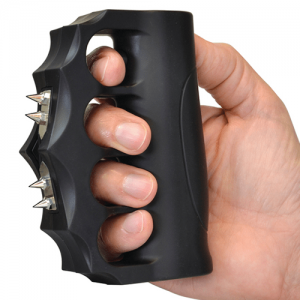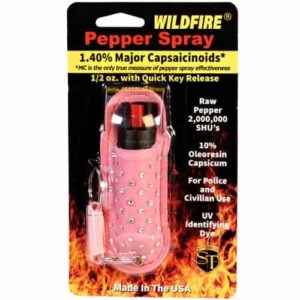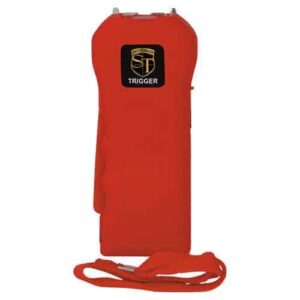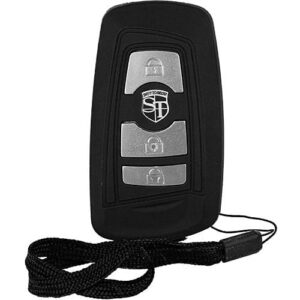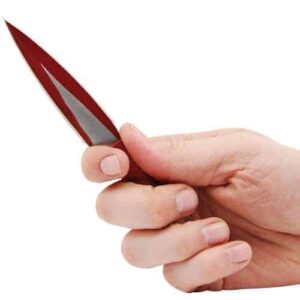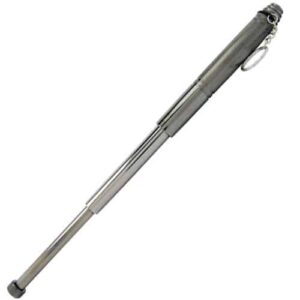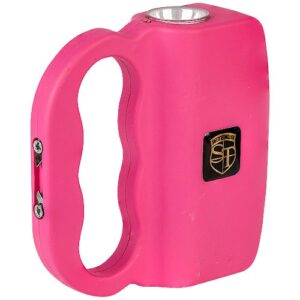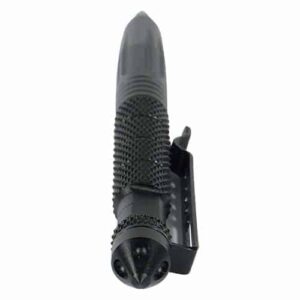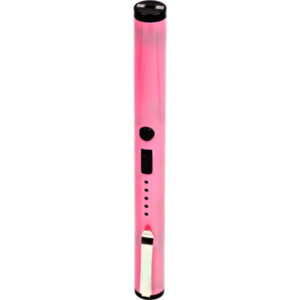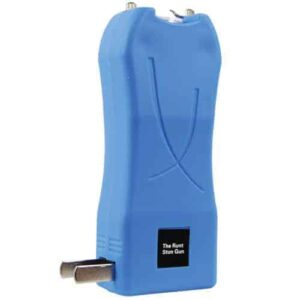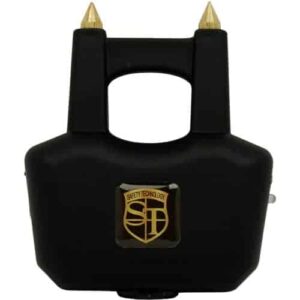In the Ultimate Guide to Using Portable Pepper Spray Safely, you will learn everything you need to know about effectively and responsibly utilizing this powerful self-defense tool. From understanding the different types of pepper spray available on the market to learning how to properly aim and deploy it, this comprehensive guide is your go-to resource for ensuring your personal safety in potential high-risk situations. So, whether you’re a seasoned pepper spray user or a beginner looking to protect yourself, prepare to arm yourself with valuable knowledge and gain the confidence to stay safe in any situation.
Table of Contents
ToggleChoosing the Right Portable Pepper Spray
When it comes to choosing the right portable pepper spray for your personal safety, there are a few factors to consider. The size and portability of the canister is an important consideration, as it should be easy to carry and conceal. Look for a canister that is compact and lightweight, so you can easily fit it in your pocket or purse.
Another factor to consider is the spray range and capacity. You want a pepper spray that can reach a reasonable distance to keep you safe from a potential attacker. Additionally, the capacity of the canister is important, as you want to have enough spray to effectively defend yourself in an emergency.
An easy-to-use design is also crucial when selecting a portable pepper spray. Look for one that has a simple and intuitive mechanism, so you can quickly and confidently deploy it when needed. There are various types of designs available, such as pepper spray keychains or pen-style sprays, so choose one that suits your preferences and comfort level.
Lastly, consider the option of disguised pepper sprays. These can come in the form of everyday items like lipsticks or keychains, providing an added element of surprise and convenience. Disguised pepper sprays can be a discreet yet effective self-defense tool.
Understanding the Active Ingredient
Before purchasing any pepper spray, it’s important to understand the active ingredients used and their effects. The two most common active ingredients found in pepper sprays are OC (Oleoresin Capsicum) and CS (2-chlorobenzalmalononitrile).
OC is derived from chili peppers and is the primary irritant in pepper sprays. It causes immediate and intense burning and stinging sensations to the skin, eyes, and respiratory system, incapacitating the attacker temporarily. CS, on the other hand, is a tear gas-like compound that primarily affects the eyes, causing tearing, stinging, and temporary blindness.
Another aspect to consider is the concentration levels of the active ingredients. The higher the concentration, the stronger the effect. However, it’s important to note that certain jurisdictions may have restrictions on the maximum allowable concentration.
In addition to the active ingredients, some pepper sprays may contain other additives for additional effects or benefits. These additives can include UV marking dye, which helps law enforcement identify attackers, or tear gas for added incapacitation. Consider the specific needs and legalities in your area when deciding on the ideal formulation.
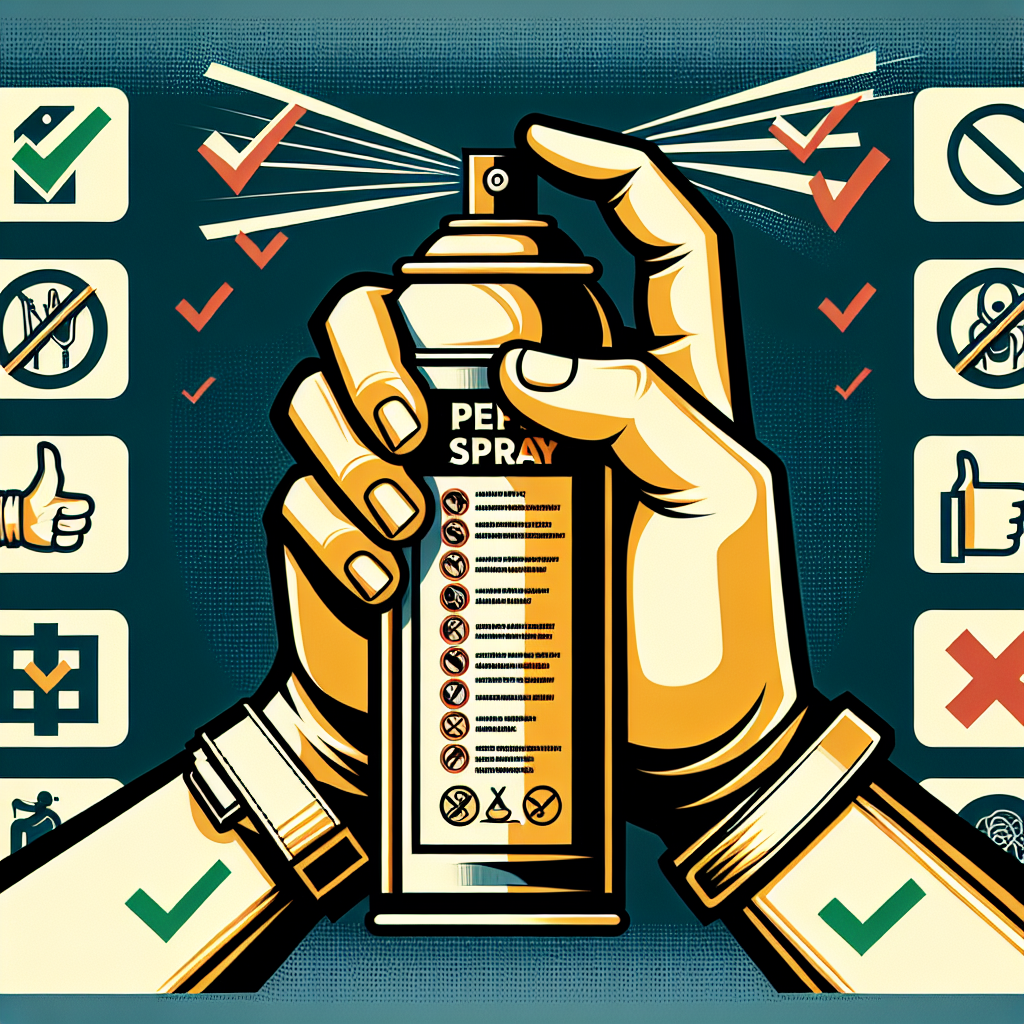
Legal Considerations
Before purchasing and carrying pepper spray, it’s crucial to be aware of the laws and regulations in your area. Laws regarding the possession, use, and sale of pepper spray can vary between countries, states, and even cities. Familiarize yourself with these laws to ensure you are complying with the legal requirements.
In addition to general legal considerations, it’s important to understand specific restrictions for certain locations. Airports and government buildings, for example, often have strict regulations regarding the possession of pepper spray. Make sure you are aware of these restrictions to avoid any legal issues when traveling or entering these premises.
Furthermore, the legal age for carrying pepper spray may vary. Some jurisdictions may require individuals to be a certain age before they can legally possess and use pepper spray. Always check the legal age requirement in your area before purchasing and carrying pepper spray.
Proper Handling and Storage
To ensure the effectiveness and longevity of your portable pepper spray, proper handling and storage are essential. Before using the spray, it’s important to read and follow the instructions provided by the manufacturer. This will help you understand how to use the spray effectively and safely.
Additionally, practicing good grip and handling techniques is crucial. Familiarize yourself with the design and operation of your pepper spray, so you can confidently deploy it in an emergency. Consider seeking guidance or training on proper pepper spray handling techniques to ensure you are prepared to use it effectively.
When it comes to storage, it’s important to keep your pepper spray in a cool, dry place. Exposure to extreme temperatures or moisture can potentially affect the performance and shelf life of the spray. Additionally, regularly check for expiry dates on the canister and replace it if it has expired.
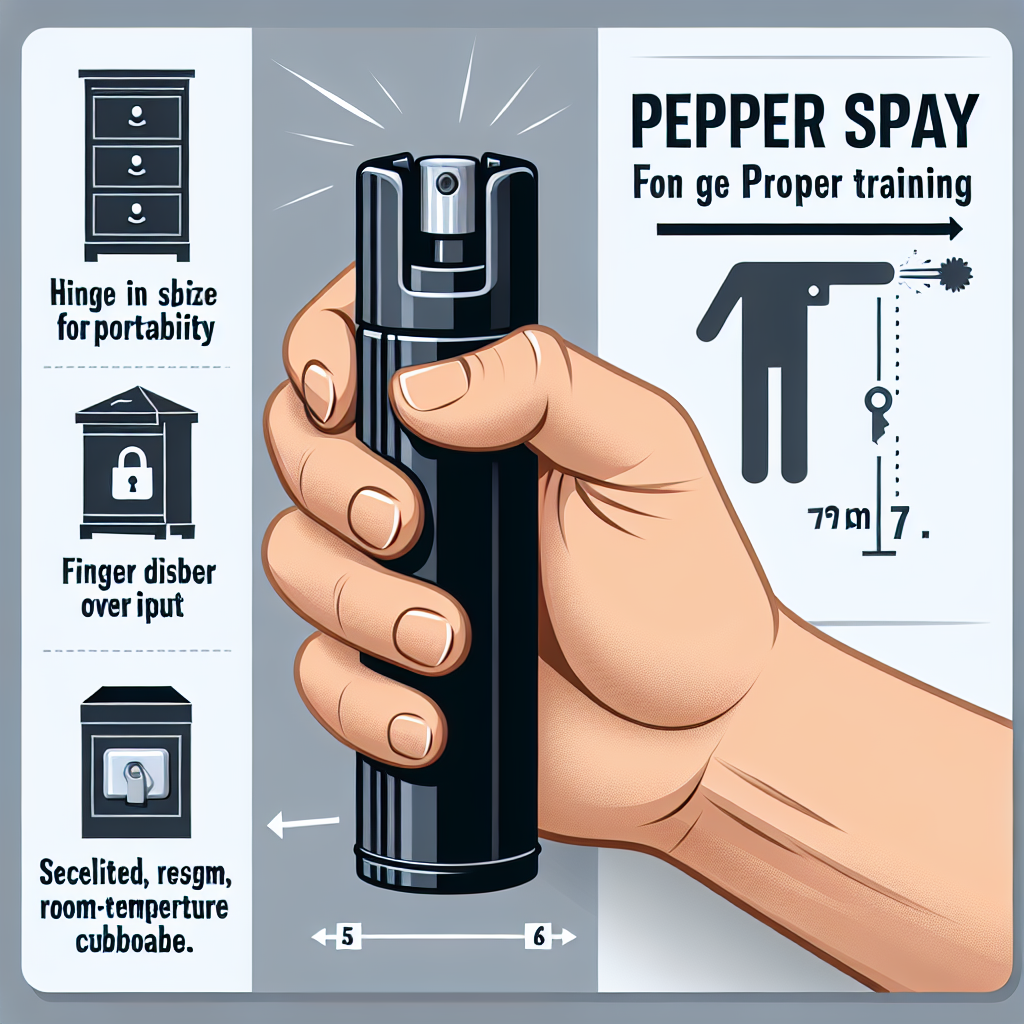
Using Portable Pepper Spray Effectively
In order to maximize the effectiveness of portable pepper spray, it’s important to know how to use it correctly. Firstly, always have a plan and be mentally prepared for a potential encounter. This will help you act quickly and confidently if the need arises.
Maintaining a safe distance is crucial when deploying pepper spray. The recommended distance varies depending on the specific product, so read the instructions to know the optimal distance for your spray. Generally, aim for a distance of 6 to 10 feet to ensure maximum effectiveness.
When spraying, aim for the face and specifically the eyes of the attacker. This is the most sensitive area and will cause the most immediate and intense reaction. However, it’s important to note that not all sprays are designed to cause permanent damage, and are intended to provide a temporary incapacitation to allow you to escape.
To effectively use pepper spray, use short bursts rather than a continuous stream. This helps conserve the spray and allows you to maintain control during an encounter. Additionally, using a sideways motion while spraying can help cover a wider area and increase the chances of hitting the target.
Dealing with Wind and Cross-Contamination
In outdoor situations, wind can potentially affect the effectiveness of pepper spray. Before deploying the spray, consider the direction of the wind to avoid it blowing back towards you. If the wind is strong, it may be best to reposition yourself to ensure the spray is not carried away by the wind.
In situations where there are multiple attackers or innocent bystanders nearby, using a shielding technique can be beneficial. This involves positioning your body or an object between yourself and the attacker, allowing you to use the spray without risking cross-contamination or unintentional harm to others.
Cross-contamination is a concern when using pepper spray. After deploying the spray, it’s important to handle any contaminated items, such as your clothing or personal belongings, with care. Avoid touching your face or sensitive areas to prevent transferring the irritant to yourself.
Reacting to an Encounter
In the event of an encounter, it’s crucial to assess the situation and evaluate the threat level. Determine if it is necessary to deploy the pepper spray or if there are other options available to de-escalate the situation. Keep in mind that using pepper spray should be a last resort, when all other options have been exhausted.
Verbal commands and making noise can sometimes deter potential attackers. Use a firm and assertive tone to communicate your boundaries and make it clear that you are not an easy target. This may give the attacker pause and provide an opportunity to escape without using the pepper spray.
If all other options fail and it becomes necessary to use the pepper spray, deploy it quickly and effectively. Remember the techniques mentioned earlier, such as maintaining a safe distance, aiming for the face and eyes, and utilizing short bursts and sideways motion.
Immediate Aftermath and Self-Care
After deploying the pepper spray, the immediate focus should be on moving to a safe location and seeking help if needed. Remove yourself from the area of danger and find a secure place where you can wait for assistance or contact authorities if necessary.
Avoid touching your face or any other sensitive areas after deploying the pepper spray. The irritant can linger on your hands and can cause discomfort or further spread the effects. If possible, use a clean cloth or wipe to remove any residue from your hands before touching your face.
If your clothing or personal belongings have come into contact with the pepper spray, it is advisable to remove and dispose of them safely. These items can retain the irritant and may continue to cause discomfort or cross-contamination if not properly handled.
In the event that you experience severe discomfort, difficulty breathing, or any other concerning symptoms after deploying pepper spray, seek medical attention immediately. It’s important to prioritize your well-being and ensure any potential complications are addressed promptly.
Proper Maintenance and Training
To ensure the reliability of your portable pepper spray, regular maintenance and testing are necessary. Inspect the canister regularly for any signs of damage or leakage. If the canister appears damaged or compromised, it is important to replace it immediately to ensure its effectiveness in an emergency.
Additionally, check the expiry dates on your pepper spray and replace it when it expires. Over time, the active ingredients in pepper spray can degrade and become less effective. It’s important to have a fresh canister to ensure maximum potency when needed.
Consider participating in refresher training courses to stay informed on the proper usage and handling of pepper spray. These courses can provide updates on self-defense techniques and help you maintain confidence in your ability to use the spray effectively. Practice proper disposal of expired or damaged pepper spray according to local regulations.
Alternatives to Pepper Spray
While pepper spray can be an effective self-defense tool, there are alternative options available that may suit your personal preferences or circumstances. Personal safety alarms, for example, emit a loud sound when activated, which can attract attention and deter potential attackers.
Self-defense classes or martial arts training can provide you with valuable skills and techniques to defend yourself in a variety of situations. These classes can help build confidence, improve physical fitness, and provide knowledge on how to react in threatening situations.
Tactical flashlights with additional self-defense features, such as a striking bezel or stun settings, can be useful in low-light situations. These flashlights can serve multiple purposes, providing illumination and a means of self-defense when needed.
Stun guns or tasers are another alternative to consider. These devices deliver an electrical shock to temporarily incapacitate an attacker. They require close proximity to the attacker, so they may not be suitable for all situations.
In conclusion, choosing the right portable pepper spray requires consideration of factors such as size, portability, spray range, and capacity. Understanding the active ingredient, legal considerations, proper handling and storage, and effective usage techniques is crucial to using pepper spray safely and effectively. Additionally, knowing how to react to an encounter, prioritize self-care, and properly maintain the spray are important aspects to consider. It’s also worth exploring alternative options, such as personal safety alarms, self-defense classes, tactical flashlights, or stun guns/tasers, to ensure you have a well-rounded approach to personal safety. Remember, your safety is of utmost importance, and being prepared and educated is key to making informed decisions about self-defense tools.



